
Dirt Floors Mean No Moisture Barrier
Cold air laden with moisture from the ground, enters the crawl space undeterred. The moisture will gradually cause any organic material to rot and could lead to mold growth.
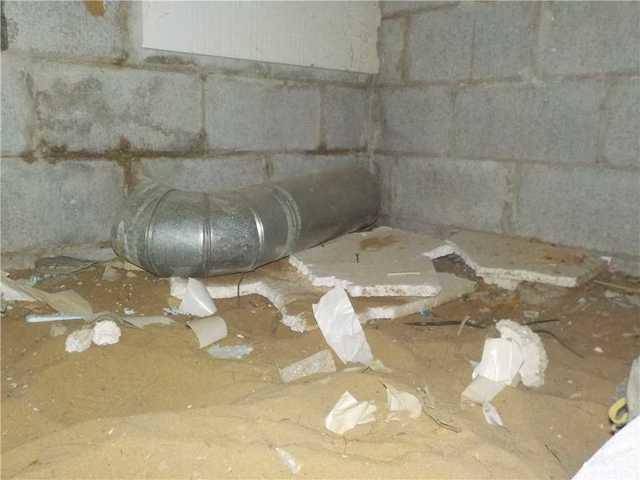
DIY Waterproofing a No-no in Crawl Spaces
1You can see remnants of an attempt to waterproof this dirt crawl space. Contrary to popular belief, it takes much more than a plastic sheet to seal a crawl space. You can already see water damage on the block walls of this crawl space. The white on the walls is efflorescence which is evidence of water.
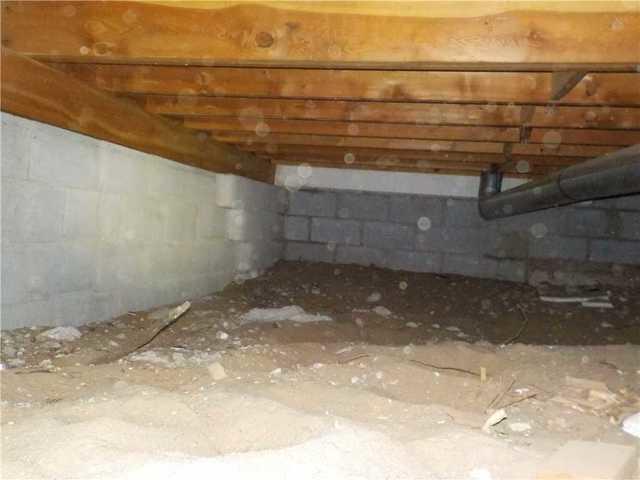
Moisture Leads to Rot, Mold
These wooden beams are at a risk of rot caused by moisture and humidity in this dirt crawl space. The CleanSpace liner we installed will serve as a moisture barrier and protect these beams going forward.
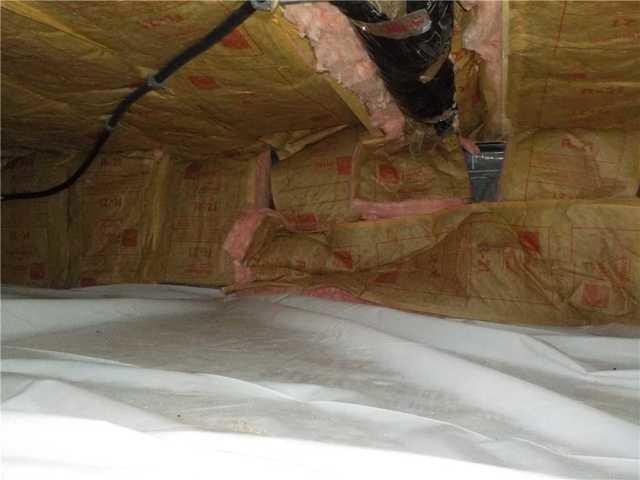
Fiberglass Insulation in Crawl Space Harbors Moisture, Mold
This home had pink fiberglass insulation on the ceiling and walls. Homeowners often add this kind of insulation to the crawl space and basement. However, this kind of insulation often gets soaked when a basement floods or when moist air enters the crawls space through the ground. Mold can grow in these conditions which is why we remove this insulation before we encapsulate the crawl space.
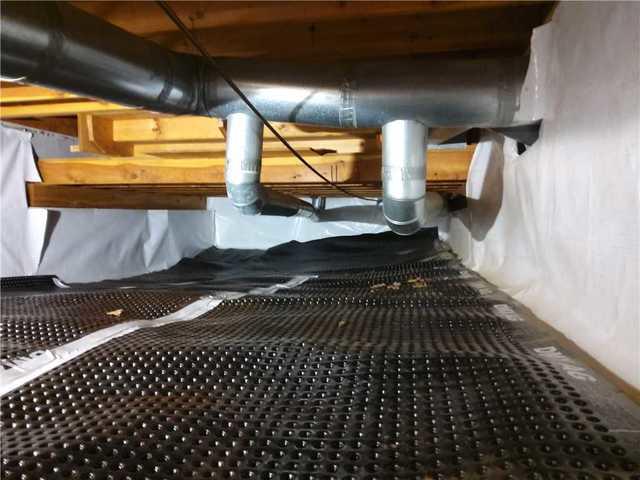
Drainage Matting Captures Water Entering Crawl Space
Drainage matting is extremely important to lay down under the CleanSpace liner. This matting is specifically designed for crawl spaces and works wel on uneven surfaces. The matting captures water that may enter the crawl space and transports it to the sump pump.
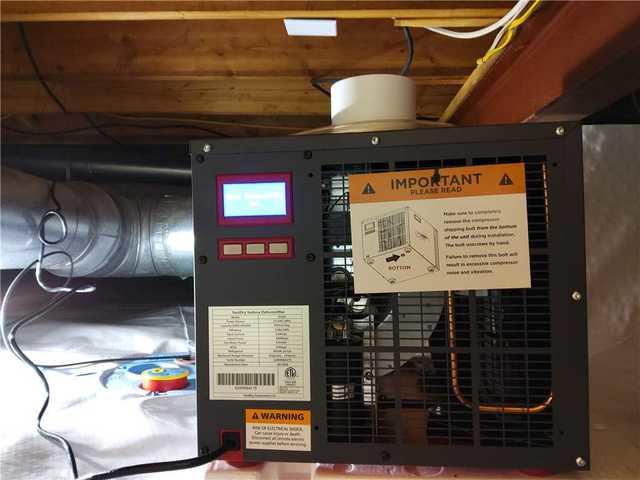
Dehumidifiers Reduce Moisture in Crawl Space
The owner opted to add a SaniDry dehumidifier in the crawl space to maintain the levels of humidity. Dehumidifiers remove moisture from the crawl space which keeps the space dry and prevents mold growth.
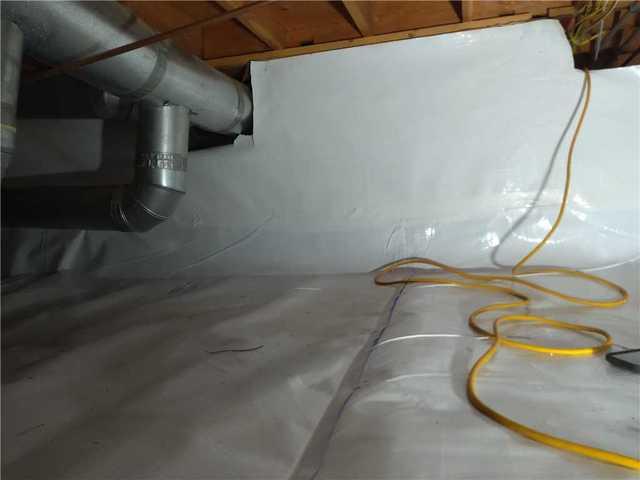
CleanSpace Ensures Crawl Space is Clean, Dry
As you can see we add the antimicrobial CleanSpace liner on both the floors and walls. Encapsulating the crawl space allows the homeowner to potentially store items in that newly seled space.









